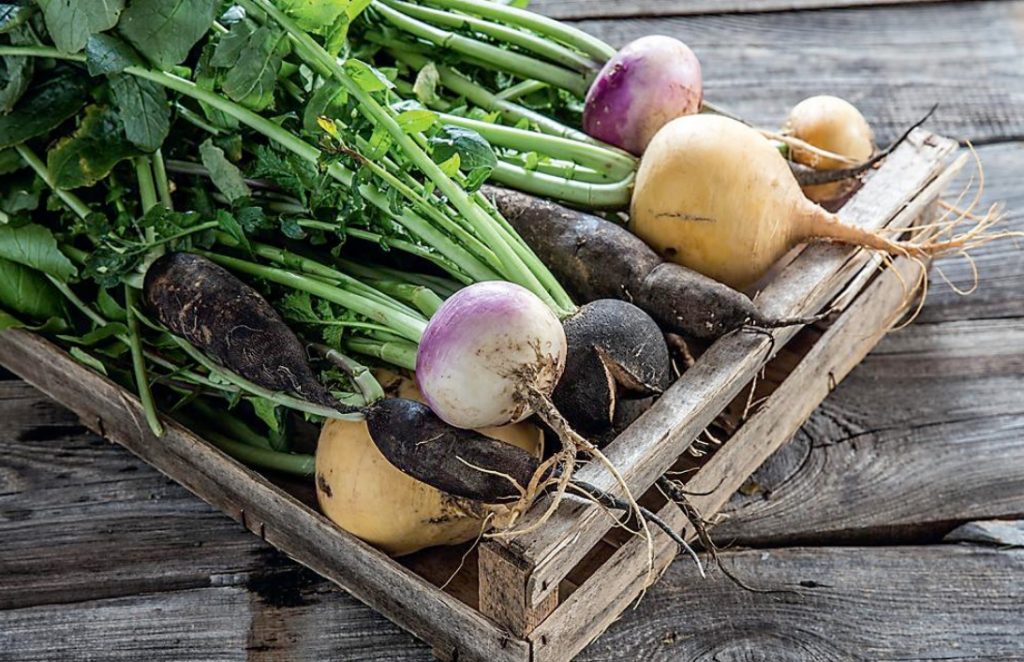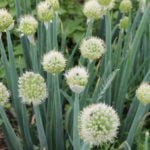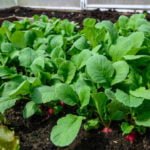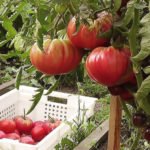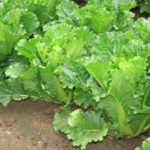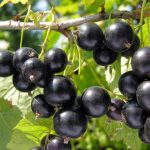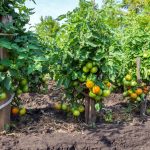Previously, this ancient vegetable culture was present on every table, but over time, it turned from a dish into a synonym for a simple matter, because what could be simpler than a steamed turnip? Why is it today not only returned to our diet, but also noticeably changed the image?
What do we know about this ancient vegetable culture? I’m afraid that other than the fact that it was a staple food, most people have nothing to remember.
This century has seen a real “Renaissance”: first, seeds of varieties of European and Asian (Japanese) selection appeared on the market, and then our experts paid attention to this root crop. By the way-very useful for health. After all, turnips contain a lot of vitamin C (more than onions and oranges), carotene, b vitamins, trace elements (potassium, calcium, phosphorus, iron), and phytoncides. Even some varieties have more sugars than sweet apples.
However, not only the roots are good, but also the tops, green leaves of lettuce or leafy turnips are also not useless, but nutritious and delicious.
What turnips should I sow?
And now we have the opportunity to choose which turnip to sow: the traditional flat-round yellow or yellow, but cylindrical in shape.
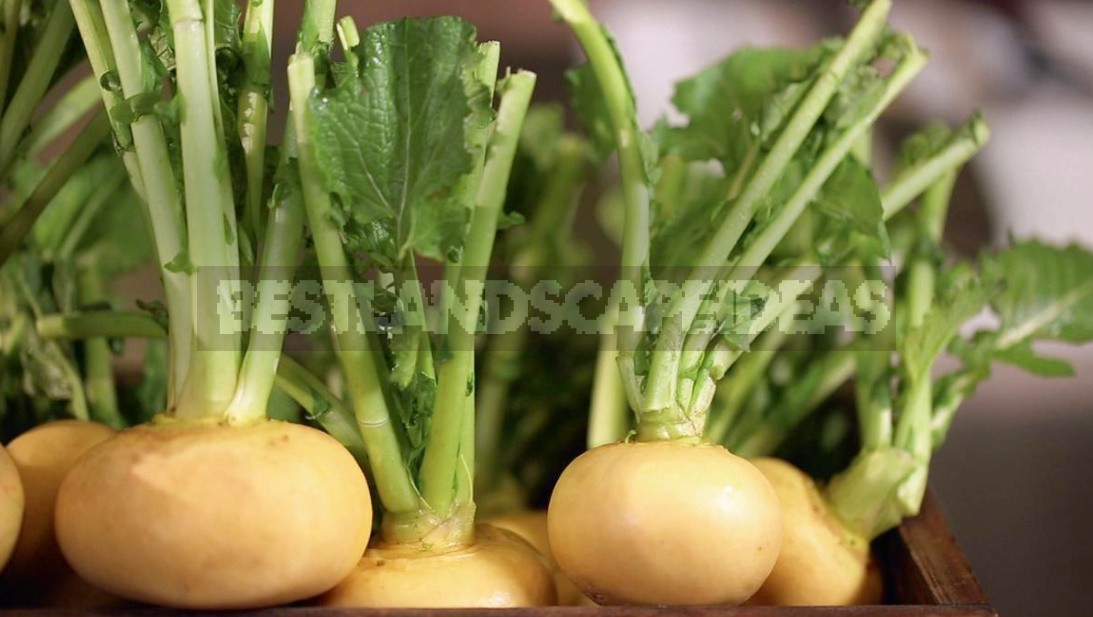
Or maybe completely white or red with white flesh?
Or even multicolored-purple at the top and green or white at the bottom.
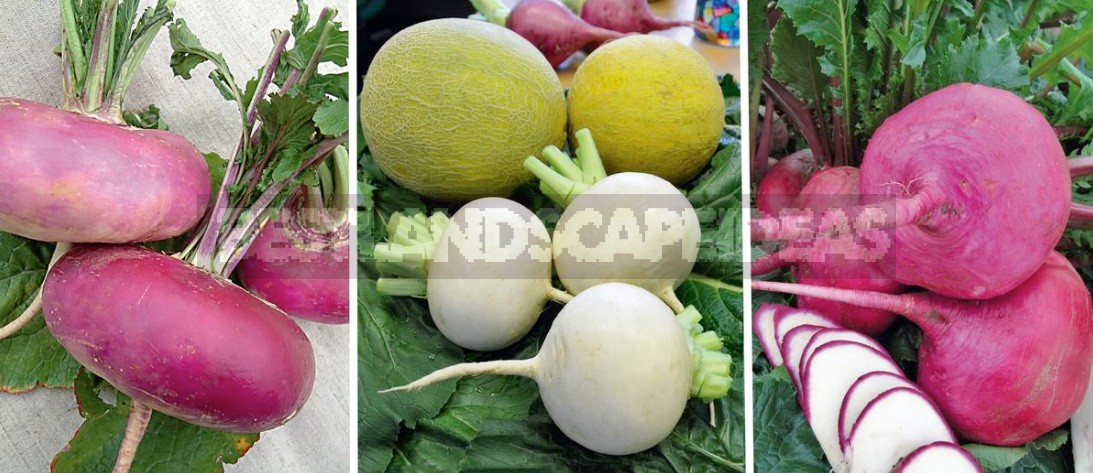
- Turnip ‘Milanese pink’ – a precocious variety (vegetation period 50-60 days), round-flat root vegetables, white flesh, juicy and sweet, contains vitamins, mineral salts and enzymes that help improve digestion.
- Turnip F1 ‘White melon’ will please with root vegetables 10 cm in diameter, the flesh of which has an excellent bright taste. Matures in 50-60 days from sowing.
- Japanese turnip F1 ‘Red sun’ – a new hybrid with absolutely no specific turnip bitterness! Root crops are rounded and flattened, with a beautiful, crimson-pink surface, weight 150-300 g.
Esthetics will definitely like ‘Burnt sugar’ – a variety with a long elongated root crop, black on the outside and white on the inside. Given that the root of a turnip peeks out of the soil by a third, beds with multi-colored varieties look original and cute.
There are early, precocious varieties in this family that are able to supply us with small but delicious turnips at the beginning of summer.
There are medium and late, hardy, well stored in autumn and winter.
Varieties differ markedly in size — from baby turnips 50-100 g in weight to almost fabulous giants that can grow (as promised by manufacturers) root crops weighing up to 2 kg (with an average weight of 150-300 g).
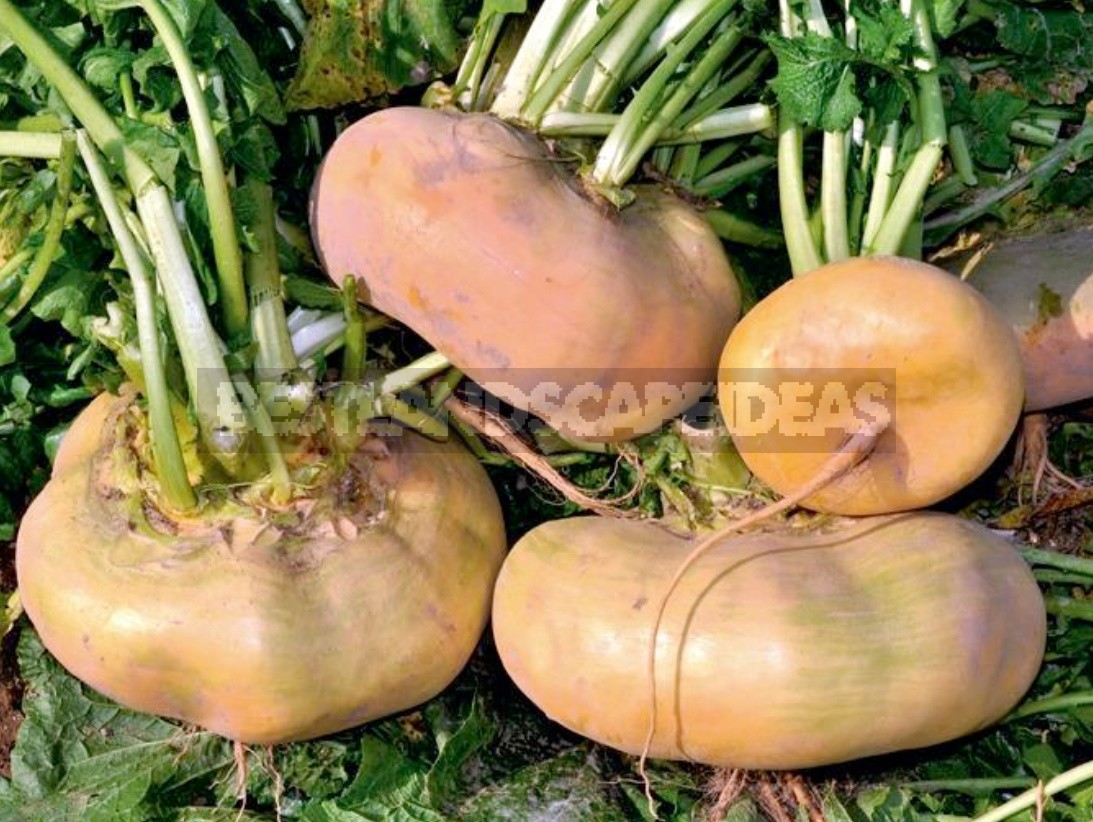
Different varieties contain different amounts of mustard oil, so some of them have a sharper, more vigorous taste, and others are much milder. In short, today everyone can choose a turnip and taste, and color.
Important: early-maturing varieties of turnips can be sown in April – in unheated greenhouses and under a film. Then sow in the open ground during the summer. Medium and late varieties intended for winter storage are sown in June – the first half of July.
It is important to collect turnips in time: overripe root crops become coarse, fibrous and tasteless.
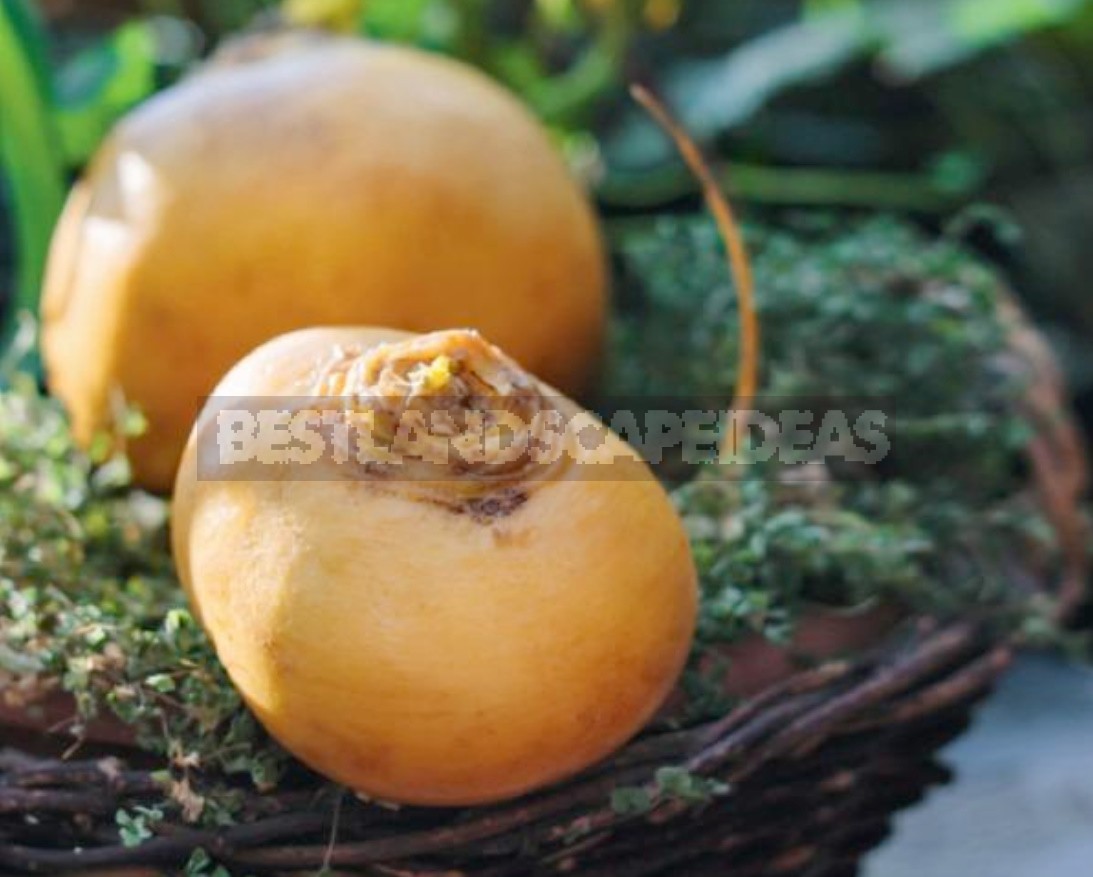
Turnips suffer greatly from the attack of cruciferous fleas. To protect the crop from pest attacks, do not sow it where other cabbage crops have grown before. And immediately after germination, you need to sprinkle the seedlings with tobacco dust mixed with ash.
If we talk about unexpected varieties, then the Japanese varieties deserve close attention.
Salad varieties have a compact rosette of leaves and small white roots, which are sweeter than the usual turnip, since they practically do not contain mustard oil, which gives a bitter taste and a characteristic smell. The leaves of salad varieties contain a lot of iron. In addition, this early maturing variety, from mass shoots to technical maturity is only 45-55 days.
- Turnip leaves do not form a root crop at all, the food is only leaves that are pleasant to the taste, rich in vitamin C, beta-carotene, vitamins and mineral salts.
- In the ‘Sapphire’ variety, salad greens reach consumer ripeness in 30-35 days after the appearance of mass shoots.
Tip: many varieties of early leafy and lettuce turnips can be grown not only in beds and greenhouses in early spring, but also as container crops on the balcony or windowsill, as they are shade-tolerant plants.
